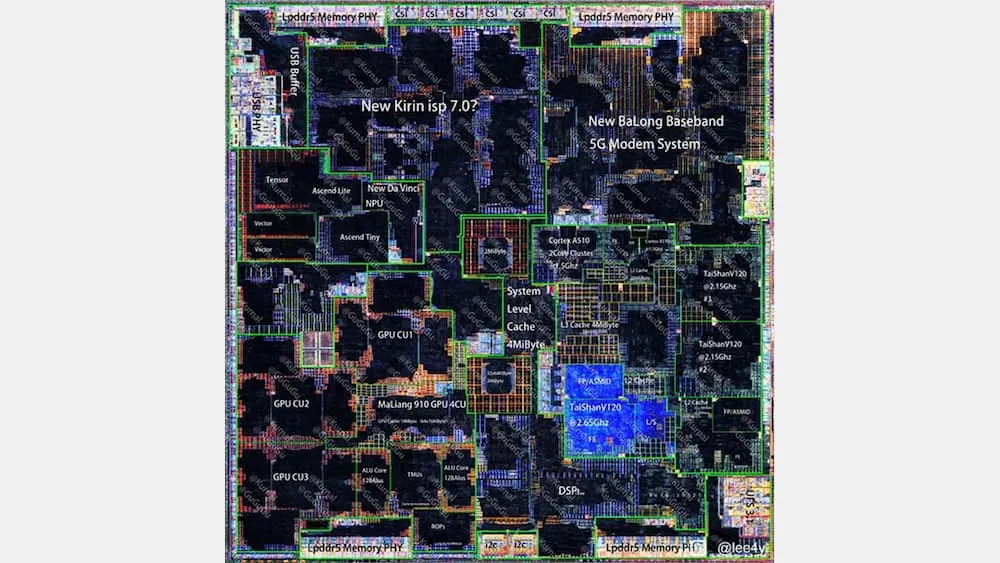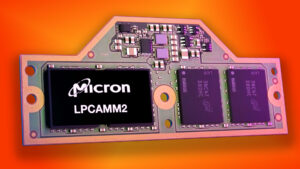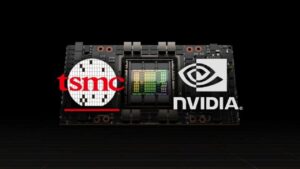Introduction:
In the world of smartphone technology, the Huawei Mate 60 Pro stands as a testament to innovation and resilience. Equipped with the Hisilicon Kirin 9000S SoC, this smartphone has managed to break through U.S. sanctions, showcasing advancements in chip manufacturing and design. This blog post delves into the intricacies of the Kirin 9000S, shedding light on its composition, unique features, and the innovative approach taken by Huawei amidst challenging circumstances.
The unexpected release highlighted China’s prowess in technology, aiming to send two messages to their allies in the Belt and Road Initiative:
“First, even if the US imposes restrictions, we can still achieve advanced chip manufacturing; second, we are not afraid even if US officials come – we will still have Huawei release that phone!”
This strategy of associating Huawei closely with China is seen as a demonstration of “technological strength.” An analyst in a Chinese-funded securities firm mentioned that Huawei’s brand image is now tightly intertwined with Chinese national sentiments.
The prevailing atmosphere is, “Huawei is making a comeback! We need to support them together!” It may be hard to grasp, but discussions here about this matter can even bring some individuals to tears.
Historically, Huawei’s was at the forefront of smartphone chip system design. However, due to U.S. sanctions, Huawei lost the opportunity to manufacture chips with TSMC and had to wait for SMIC to develop technology comparable to TSMC, underscoring the challenges posed by sanctions on their operations.
The Kirin 9000S: A Monolithic Marvel
The heart of the Huawei Mate 60 Pro is the Kirin 9000S, housing a wealth of advanced components within a monolithic SoC (System-on-Chip). This single chip is a marvel of modern engineering, breaking away from traditional chip architectures and adopting novel integration strategies.
Huawei’s Kirin 9000S chip, Die shot.

Source: Baidu Tieba
1. Huawei SoC Different from Apple A17 Pro :
Tom’s Hardware, a foreign media outlet, has highlighted the complexity of the SoC (System-on-Chip) in the Huawei Mate 60 Pro. This SoC features 4 high-performance Taishan V120 cores and 2 Arm Cortex A510 efficiency cores (E-core), setting it apart from Apple’s approach.
Huawei prioritized high-performance cores over efficiency cores, in contrast to the Apple A17 Pro, which includes two high-performance cores and four efficiency cores.
Furthermore, the chip houses a Mailiang 910 GPU with a reported maximum clock frequency of 750 MHz. Though detailed information about the GPU architecture remains limited, indications suggest that Huawei might have incorporated Arm’s Mali technology into the GPU.
2. Huawei SoC is a GPU Powerhouse:
The diagram illustrates that a significant portion of the Kirin 9000S chip’s size is attributed to the CPU and GPU cores.
However, the integration of a substantial 5G modem and a sizable Image Signal Processor (ISP) allows for advanced imaging capabilities.
This highlights Huawei’s strategic choice to integrate this data set instead of allocating more chip area to additional CPU and GPU functions, indicating a noteworthy decision.
3. Huawei SoC has Advanced Imaging Capabilities.
The Kirin 9000S stands out for integrating a substantial Image Signal Processor (ISP) and a large 5G modem within its monolithic die. This strategic integration enhances the device’s imaging capabilities, showcasing Huawei’s innovative approach to maximizing chip functionality without compromising imaging performance.
Efficient Integration:
Due to chip area constraints, Huawei prioritized high-performance cores over efficiency cores. This allowed integration of a large 5G modem and a substantial ISP. It reflects Huawei’s forward-thinking approach to optimize chip space and enhance performance.
The Kirin 9000S showcases pioneering production methods, leveraging novel techniques to integrate a 5G data set separately, thus enhancing production efficiency. This innovative methodology represents a paradigm shift in chip manufacturing, setting Huawei apart as an industry leader.
Follow us on Linkedin for everything around Semiconductors & AI
Conclusion:
Huawei, amidst U.S. sanctions and challenges in chip manufacturing, has displayed remarkable resilience. The inability to manufacture with TSMC compelled Huawei’s Hisilicon Semiconductor to await the development of comparable technology at SMIC. In this context, the Kirin 9000S emerges as a groundbreaking achievement.
The Huawei Mate 60 Pro’s Kirin 9000S is a testament to Huawei’s ingenuity and perseverance in the face of adversities.
Huawei has pioneered chip integration and design, pushing boundaries. The result is a highly advanced SoC, boosting smartphone performance. Moreover, it sets a blueprint for future chip development.
As technology continues to evolve, Huawei’s innovative spirit remains undeterred, promising exciting advancements and breakthroughs in the ever-competitive smartphone landscape.
References:
[1] TechNews




